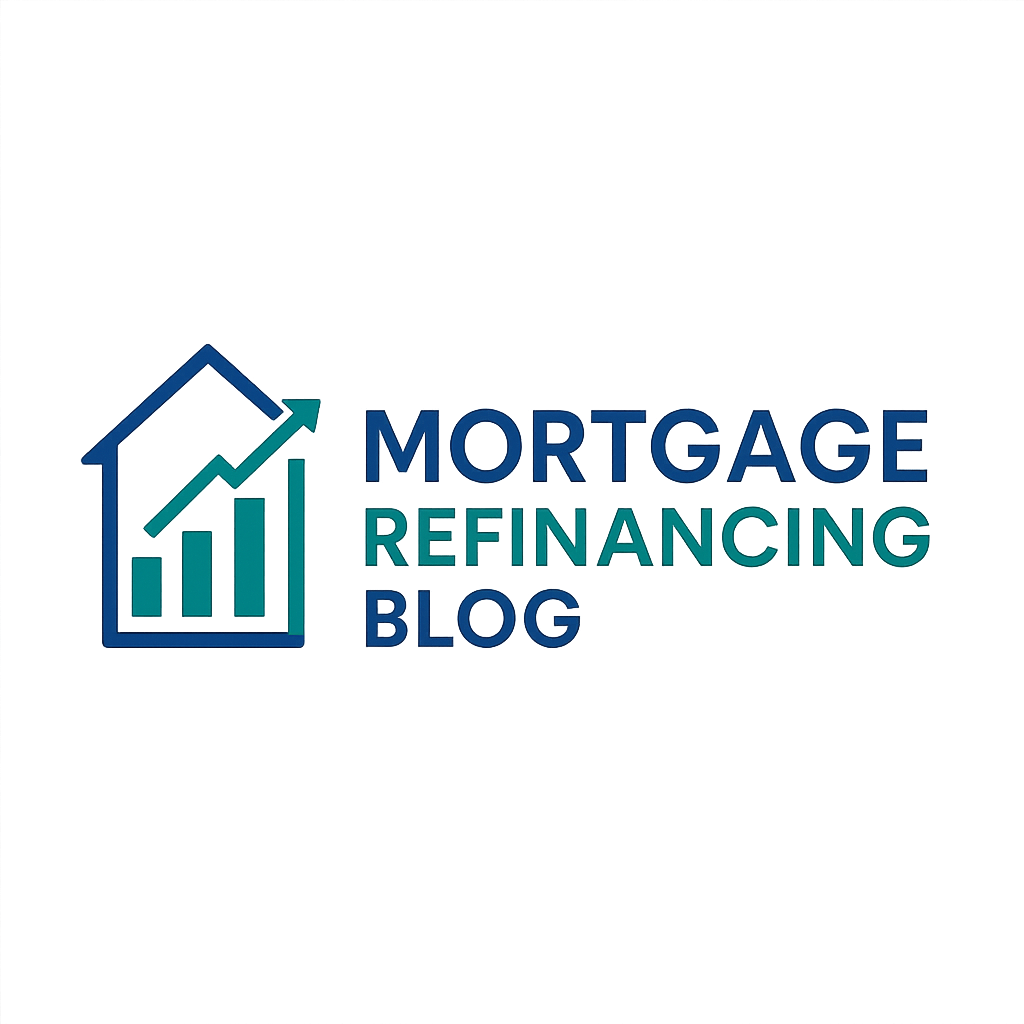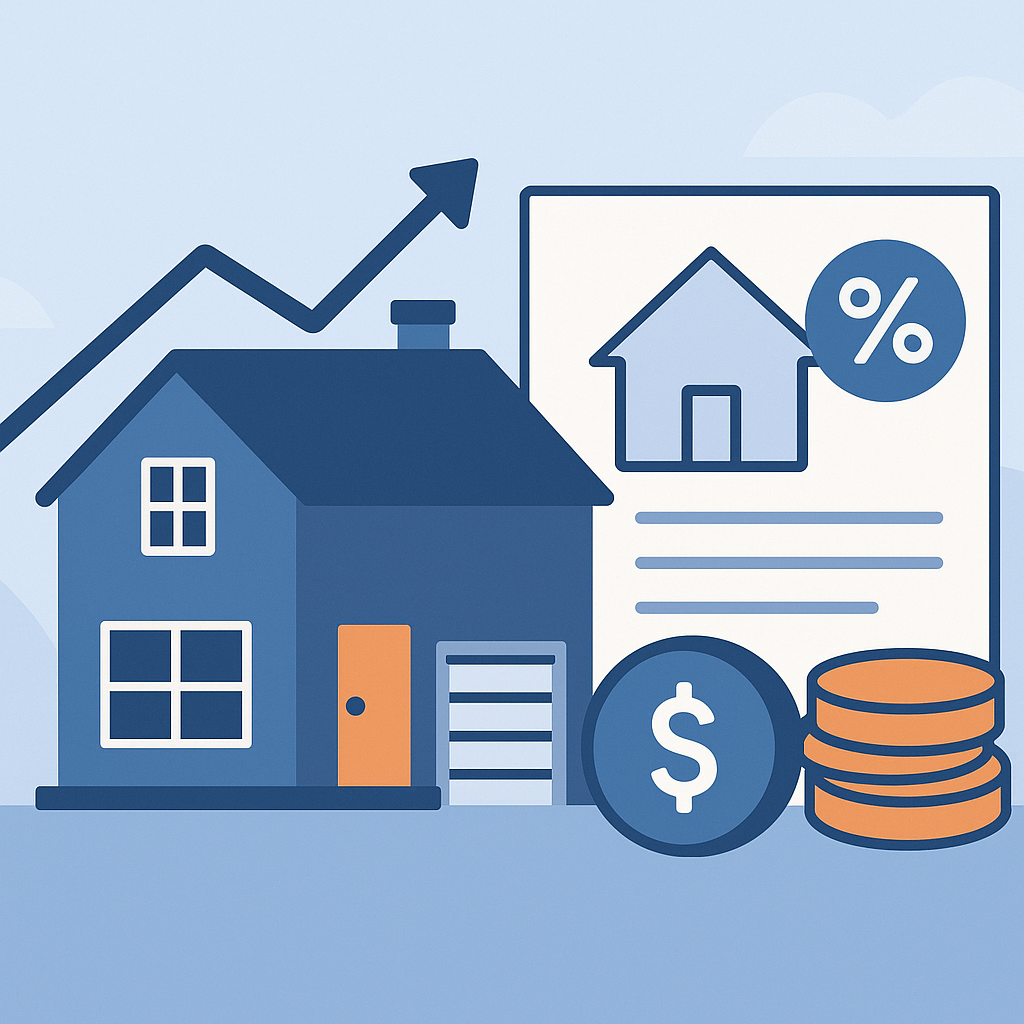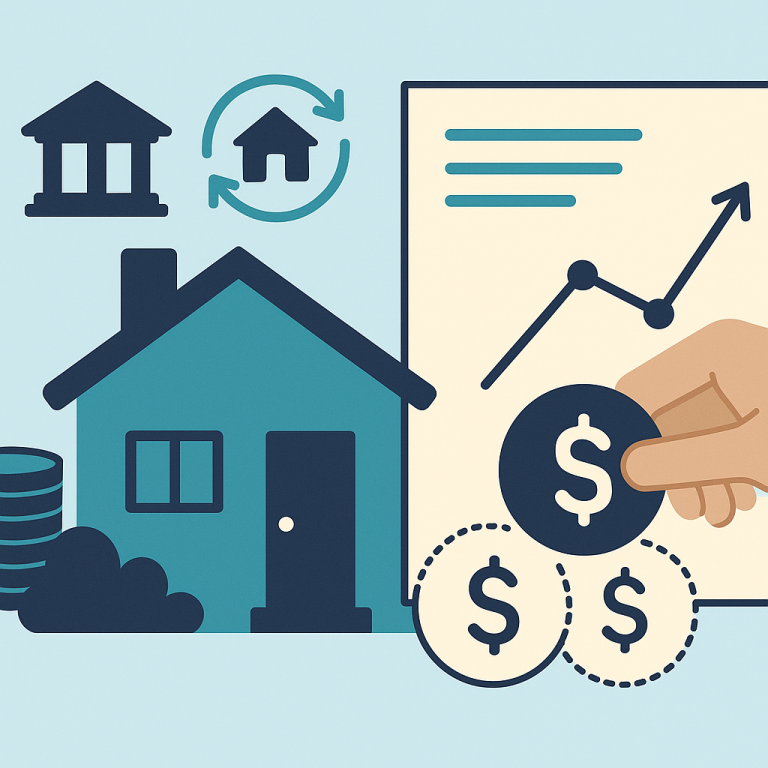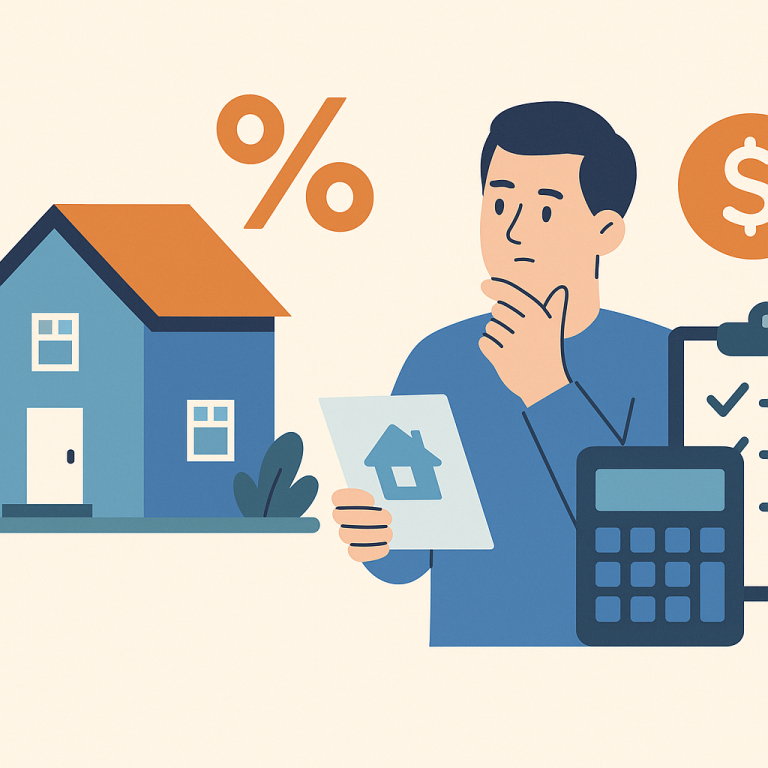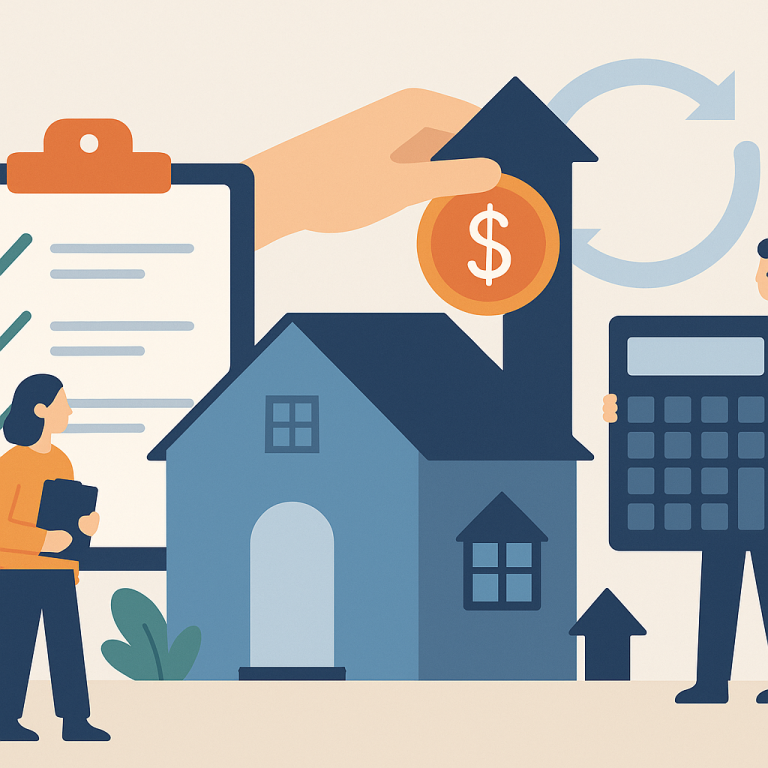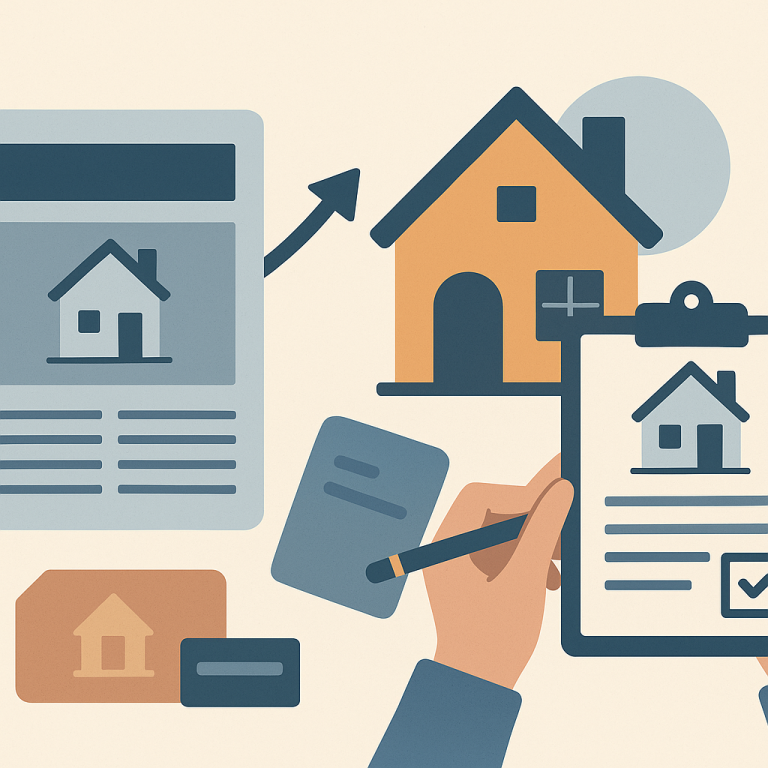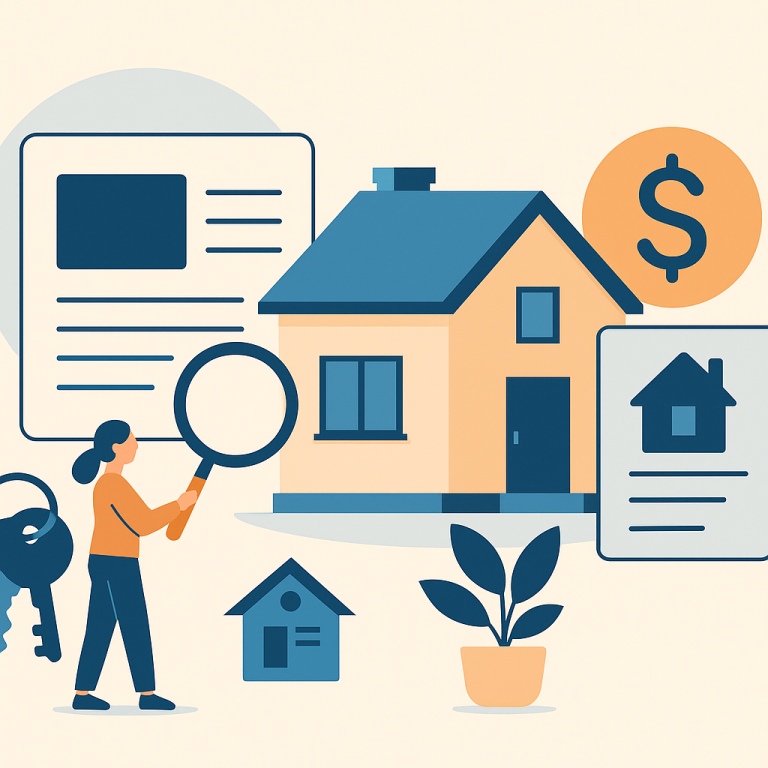Top National Lender Cuts Mortgage Refinance Fees, Saving Borrowers $1,200
At a glance: Lower refinance fees and closing costs and how it could affect refinancing decisions.
Lenders have cut refinance origination fees, reducing closing costs and shortening breakeven timelines for many borrowers.
What Lower Refinance Fees Mean for Borrowers
As mortgage markets respond to renewed volatility, homeowners with equity are evaluating refinancing options that can either lower monthly payments, shorten loan terms, or unlock cash. The current environment is prompting many borrowers to treat refinancing as a targeted financial decision rather than an automatic reaction to headline rates. The most effective refinances balance the borrower’s long-term goals with upfront costs and loan eligibility.
There are three common refinancing objectives: reducing the interest rate to lower monthly payments, shortening the mortgage term to pay off the loan faster and save interest, or tapping home equity through a cash-out refinance. Each objective has a different cost-benefit profile and suits different financial priorities. Homeowners who prioritize lower monthly cash flow may favor a rate-and-term refinance, while those focused on debt reduction or retirement planning may opt to shorten the term despite a similar or slightly higher monthly payment.
Two practical considerations should guide refinancing decisions. First, closing costs and fees can offset savings; borrowers need to estimate a breakeven period to determine whether the refinance makes sense for their expected time in the home. Second, available equity and credit profile affect both the products and pricing a homeowner can access. Lenders typically consider loan-to-value and credit history when setting terms, so preparing documentation and addressing credit issues can improve outcomes.
Timing and product selection also matter. Adjustable-rate options can provide lower initial payments but may carry rate risk later, making them suitable only for borrowers who expect to sell or refinance again before adjustments. Fixed-rate refis offer stability and are often chosen by homeowners prioritizing predictability. For borrowers focused on monthly savings, a rate-and-term refinance that maintains the remaining amortization schedule can deliver immediate relief without extending the payoff horizon. Conversely, moving from a 30-year to a 15- or 20-year fixed loan typically increases monthly payments but accelerates principal reduction and reduces lifetime interest.
Lenders frequently offer streamlined or no-appraisal programs that shorten processing time and reduce hurdles for qualified candidates. While convenient, these programs are best evaluated alongside full-price quotes since streamlined offerings may not always deliver the lowest total cost. Homeowners should request loan estimates from multiple lenders, compare the annual percentage rate and total closing costs, and ask how long the quoted terms will be honored.
Homeowner Takeaways
- Clarify your primary goal: lower payment, shorten term, or access equity. The best refinance aligns with that goal rather than reacting only to lower headline rates.
- Calculate the breakeven period by comparing upfront costs to monthly savings. If you expect to stay beyond the breakeven, savings are more likely to be realized.
- Assess equity and credit before applying. Better loan-to-value and credit scores typically yield more competitive offers and lower fees.
- Compare multiple lender offers and look beyond rate alone—review APR and total closing costs to understand the true cost of refinancing.
- Consider future plans and rate risk. Fixed rates suit those seeking stability; adjustable options can be useful for short-term horizons but carry potential adjustment risk.
- Factor in tax and financial priorities. Using a cash-out refinance for high-interest debt or home improvement can be sensible, but it converts unsecured debt into secured debt against the home.
Refinancing can be a powerful tool when executed with a clear objective and informed comparison shopping. Homeowners who align loan selection with their timeline, equity position and long-term financial plan are more likely to achieve meaningful benefits from refinancing.
META: refinancing-strategy-term-cost-equity
